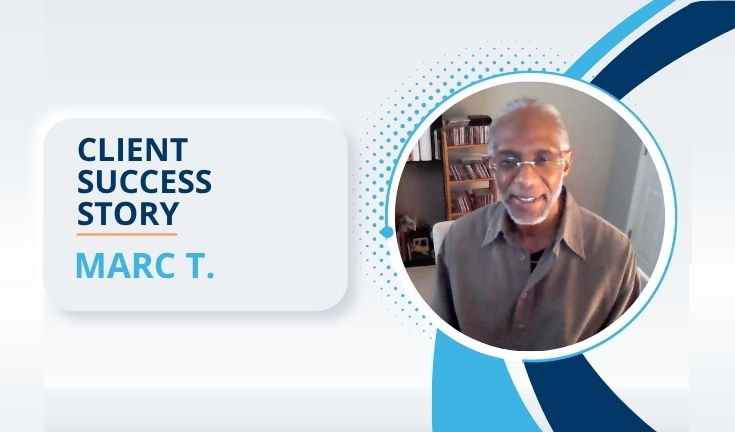Back to School Budgeting
Use our free back-to-school spending planner to set your shopping budget.
To help you set an affordable back-to-school budget so you can avoid overspending, we’ve created this interactive back to school budget planner. This will help you set a back-to-school budget based on your annual income, so you don’t overspend. We invite you to use this free tool to set a budget for this year, so you can shop strategically to save as much as possible.
If you feel like the back-to-school shopping season gets more expensive every year, you’re not far from the truth. According to the National Retail Federation (NRF) the average family with K-12 kids is on track to spend an average of $661 in 2022. Families with college students will spend over $1,000 with an average expected spend of $1,366.95.
More concerning is that there seems to be no end to this trend. Electronics get more expensive, kids are more focused on the brands they wear, and even class supply lists keep getting longer. Luckily, there are plenty of good ways to cut costs – you just have to have a good strategy going into the shopping season before you ever hit the stores.
The information below is designed to help you avoid debt problems that come from overspending during the back-to-school shopping season. If you find your balances start to get too high after back-to-school shopping, we can help. Call Consolidated Credit today at (844) 276-1544 or complete an online application to request a free debt and budget consultation with a certified credit counselor.
Shopping with the P.R.P.R. method
Heading to the store with a list of everything under the sun – or worse, not shopping with a list at all – is a quick way to wind up with credit card bills you can’t really afford on a tight budget. Instead, you need to put some thought and legwork into getting your shopping strategy ready before you start buying.
The P.R.P.R. method helps you create a strategic plan of attack for shopping.
Step 1: Prioritization
Gather up all the class supply lists and then put together a list of all the clothing, electronics and extras that your kids are convinced they need. Now start prioritizing those purchases.
- Is everything really necessary for the first month of the school year? If not, move those purchases to a later month so the cost is spread out. That includes winter coats, clothes and boots.
- Do you really need that many of a single item? From too many binders to an excessive number of shoes, make sure your children will really need that amount of whatever it is for the first month of school.
Now rank your shopping list and only purchase what’s critical for the first week of school. For everything else, decide which month it will be best to purchase and adjust your shopping lists accordingly.
Step 2: Research
Next, you need to do some research to ensure you get the best deal on everything you buy. Saving a few bucks here and there may not seem like a big deal, but it really adds up.
Here are some tips on how to research ways to save effectively:
- Look into tax-free holidays in your state. This is usually one weekend in the month before school where sales tax is cut completely. It may not apply to everything you need to buy, but it’s worth it when it does.
- Like and follow retailer social media.Facebook and Twitter communities for retailers to find special discounts that get sent directly to your wall.
- If you’re not big on social, get deals to your inbox. If you’re not on your social networks 24/7 then spotting deals on social may not be convenient. Instead, hit up the retailer’s website and sign up for their deals newsletter.
- Use a free price comparison tool online. You can search through for products, in general, or even compare prices on a specific brand and model. Note where the best deals are and save those locations for the next step.
- Actually pay attention to the junk in your mailbox. These days your mailbox is filled with circulars from local stores that you may just toss without even looking through them. Take a few minutes to flip through the circulars before they go into your recycle bin to find great discounts in your local area.
The kids go back to school every year. Any big spending event of the year should involve a spending plan. Make back-school-budgeting a habit to ensure longterm financial goals without credit card debt.





